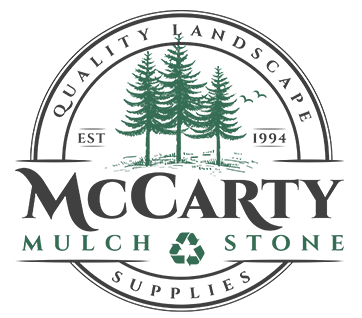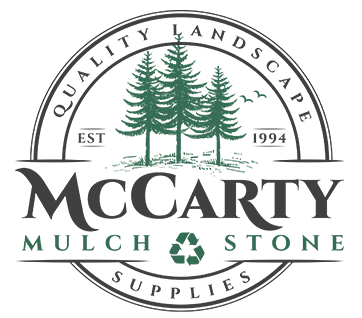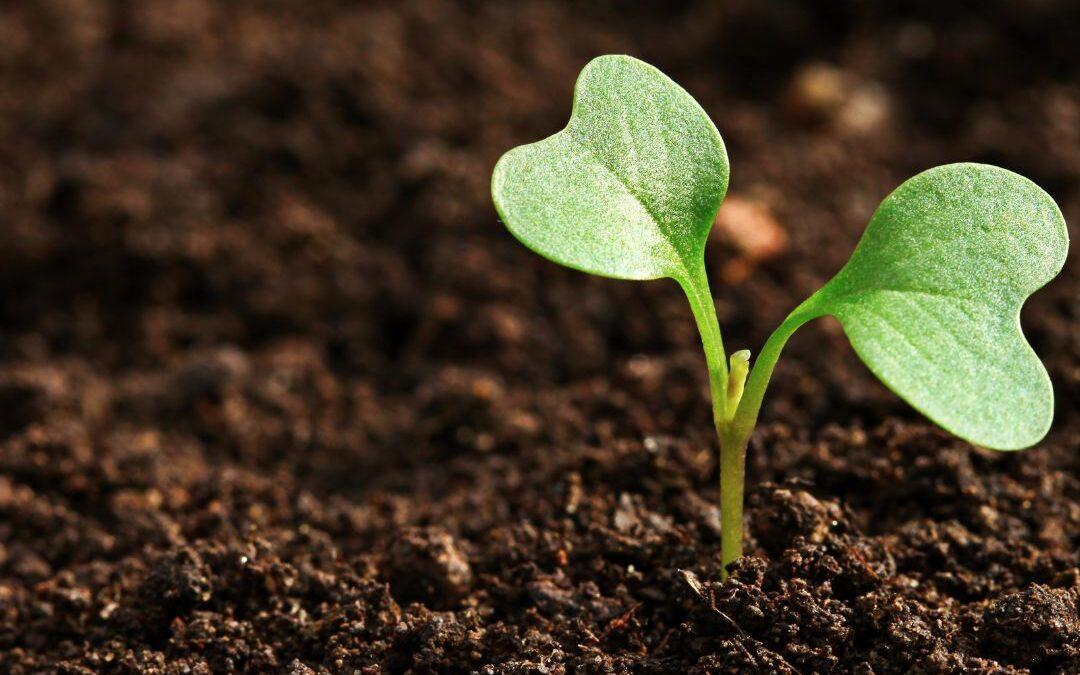Selecting the Perfect Mulch to Enhance Your Landscape!
Welcome to the world of mulching – a simple yet profoundly impactful landscaping practice that not only protects your plants but also significantly boosts their growth and the overall appeal of your landscape. Whether you’re a seasoned gardener or a green thumb in the making, understanding the nuances of mulch can transform your landscaping experience. Let’s dive into the essentials of mulch quality, how to match mulch color with your plants, and the pros and cons of various mulch types.
Introduction to Mulching
Mulching is laying a protective blanket over your landscape’s soil. This layer does wonders: it retains soil moisture, regulates temperature, inhibits weed growth, and adds a polished look to your garden beds.
Understanding Mulch Quality
Not all mulch is created equal. The quality of mulch can significantly affect its longevity, nutrient contribution, and how well it performs its intended functions. High-quality mulch, for example, will decompose at a steady rate, slowly releasing organic matter and nutrients into the soil, whereas low-quality mulch might decompose unevenly, introduce weed seeds, or even harbor harmful pests.
Quality indicators include texture consistency, the absence of debris and weed seeds, and the source of the material.
Color Coordinating Your Mulch: Aesthetic and Functional Considerations
The color of your mulch can do more than just beautify your landscape; it can affect soil temperature and, by extension, the health of your plants. Dark mulches, for example, absorb more sunlight and warmth, making them ideal for cooler climates, while lighter mulches reflect sunlight, helping to keep plant roots cool in hotter areas. When choosing mulch colors, consider the color of your home, hardscaping, and existing plants.
Types of Mulches: An Overview
Organic Mulches
Wood Mulch
Best for: Trees, shrubs, and perennial beds.
Pros: Adds a polished look, decomposes slowly, enriching the soil.
Cons: Can lower soil pH, making it unsuitable for some plants.
Straw Mulch
Best for: Vegetable gardens.
Pros: Excellent moisture retention, easy to apply.
Cons: Can be untidy, may attract rodents if not applied properly.
Inorganic Mulches
Stone and Gravel Mulch
Best for: Drought-tolerant landscapes, pathways.
Pros: Durable, low maintenance.
Cons: Can heat up too much in direct sunlight, affecting plant roots and can be difficult to spread.
Rubber Mulch
Best for: Play areas, around trees in public spaces.
Pros: Doesn’t decompose, offers good shock absorption.
Matching Mulch Colors with Plants and Flowers
Choosing the right mulch color can accentuate your plants and flowers, creating visually striking landscapes.
| Mulch Color | Compatible Plants & Flowers | Aesthetic Effect |
| Dark Brown | Evergreens, ferns | Natural, woodsy look |
| Black | Bright annuals, ornamentals | Dramatic contrast |
| Red | Green shrubs, conifers | Warm, vibrant backdrop |
Pros and Cons of Different Mulch Types
Choosing the right type of mulch for your garden depends on a variety of factors, including climate, soil type, and the specific needs of your plants. Here’s a quick reference table summarizing the advantages and disadvantages of each mulch type covered:
| Mulch Type | Pros | Cons |
|---|---|---|
| Bark Mulch | Aesthetic appeal, enriches soil | May acidify soil |
| Straw Mulch | Great for vegetables, retains moisture | Can be messy, attract pests |
| Stone/Gravel Mulch | Durable, low maintenance | Can overheat plants, poor insulation |
| Rubber Mulch | Long-lasting, good for play areas | Non-biodegradable, possible leaching |
The right mulch can make all the difference in your landscaping, from enhancing soil health and moisture retention to creating a cohesive aesthetic appeal. By considering the specific needs of your landscape and the unique characteristics of each mulch type, you can select a mulch that supports plant health, conserves water, and brings your landscape to life!




